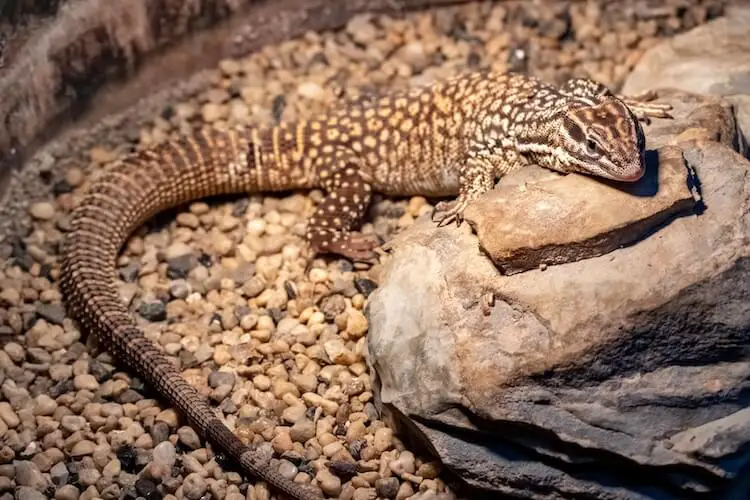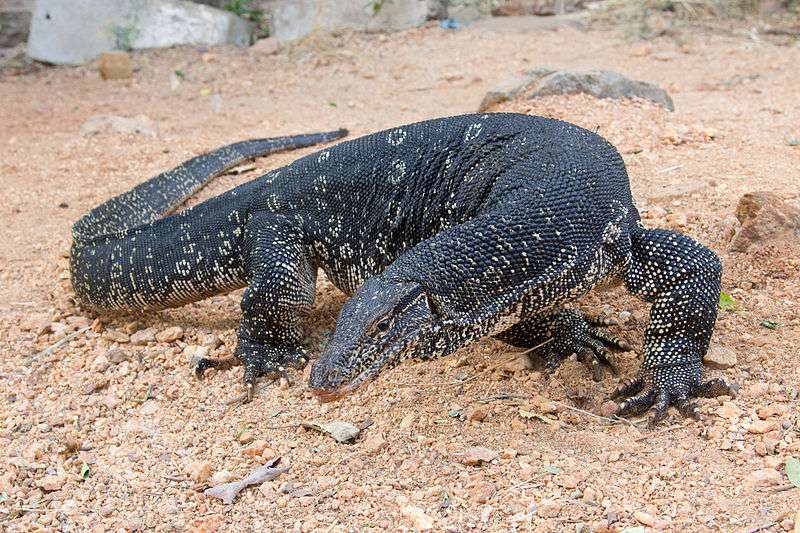
Description:
Scientific name: Varanus bervicauda
Life span: 7 years (captivity)
The short-tailed pygmy monitor, which may grow to a maximum length of 23 cm, is the tiniest species of varanid in existence. It is a totally terrestrial creature. Its body is a red-brown color with black, fleck-like circles on it. Males and females appear the same.
Native Region/Habitat
the short-tailed pygmy monitor can only be found in Australia’s desert areas, which include coastal and central Western Australia, Western Queensland, the southern Northern Territory, and north-western South Australia. It inhabits sand dunes that are mostly made of spinifex grass and rock. This is due to the fact that this species prefers to burrow underground for protection under spinifex grass. They are, however, quite opportunistic and may frequently be discovered behind scrap metal if available. They will also seek refuge under rocks.

Behavior:
The short-tailed monitor is solitary by nature and stays away from other monitors, particularly those that are larger and could be predators. Short-tailed monitors are tiny and mostly dwell in burrows, therefore it is not unusual to see a very big population in a relatively small region. These monitors hunt during the day and are quite active. Although the short-tailed monitor has exceptionally acute vision and hearing abilities, it obtains the majority of its sensory data via chemical signals that are detected by Jacobson’s organ. These signals include the recognition of a partner and a rival. Males will fight during mating season for the chance to engage with a female
Care As a pet/In captivity:
The enclosure must be sufficient to hold a substantial amount of substrate and be deep enough for digging. Given that the specimen is the smallest Varanid in the world and that the cage should not be too large for it. Consideration must be given to the number of animals being kept. Be sure to include enough airflow and escape-proof features when designing an enclosure. Remember that it is a burrowing species when planning where to place enclosure furniture. Any large rocks and other objects should be placed in such a way that they won’t fall on top of the little Varanid if it burrows below them. Since it lives in the desert, it keeps its body temperature between 30 and 40 degrees Celsius. The ideal temperature of the short-tailed monitor is kept within a few degrees of 36 degrees Celsius. A basking spot with a temperature of about 60 degrees should be provided for a limited time.
Table





